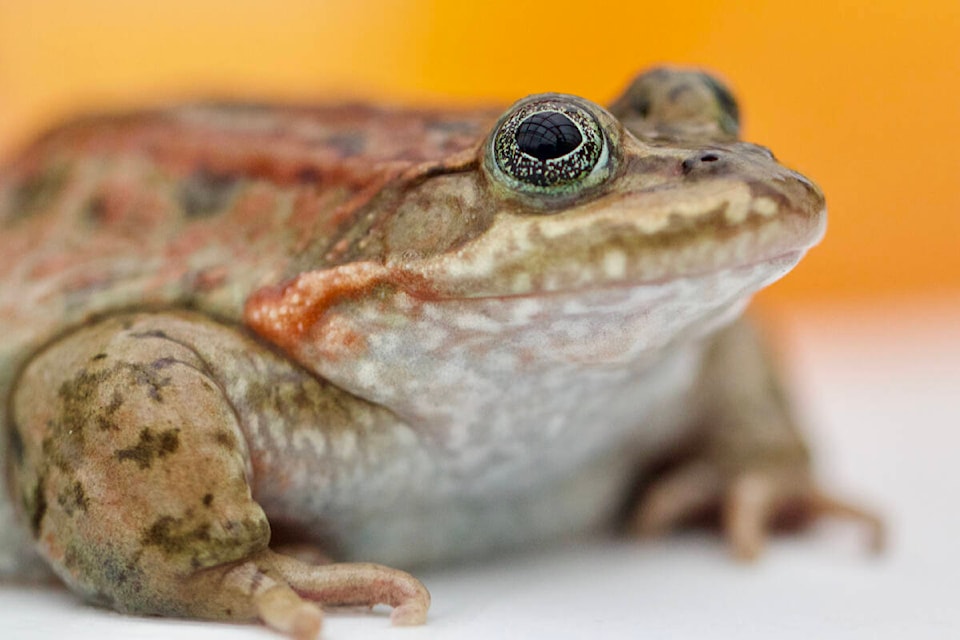By David Clements/Special to Langley Advance Times
As we enter the season of hope at Christmastime, I have a hopeful story to share about a very rare frog that could easily become extirpated (locally extinct) here in the Fraser Valley.
However, recently I was invited to witness a small miracle taking place thanks to the efforts of the Wildlife Preservation Canada (WPC), the Greater Vancouver Zoo, and the Vancouver Aquarium.
By the year 2000, there were few of these frogs left in the Fraser Valley and not much hope of them surviving long term in a few isolated wetlands.
Why was this native frog almost wiped out, after happily living in our area for thousands of years?
The evidence points to habitat loss, with very few shallow wetlands remaining after extensive development in the Fraser Valley, as well as invasive species and pollution.
Their much bigger cousin, the non-native bullfrog is an invasive species that may well be a factor in their decline, as bullfrogs are very capable of dispatching a hapless Oregon frog adult or tadpole.
At the turn of the millennium, in the year 2000, the entire population of Oregon spotted frogs in Canada was down to a few hundred.
In 2010, Wildlife Preservation Canada started breeding the frogs at both the zoo and the aquarium with the goal of releasing 5,000 tadpoles back into the wild each year.
However, it was slow going with only about 1,500 tadpoles produced each year – until WPC biologist Andrea Gielens experienced a major breakthrough.
As Andrea told this story to me and a group of Trinity Western students, it was clear that captive breeding programs often require a lot of hard work and perseverance, and also creative innovations.
In 2020, Andrea and her team placed the overwintering female frogs in separate tubs from the males at the zoo, and the water level was lowered to create shallow areas ideal for egg laying.
In spring 2021, after males were reintroduced to the container where the females overwintered, the result was incredible, with more than 20,000 tadpoles released that year.
The 2022 result was even better with a whopping 23,527 tadpoles released into suitable wetlands in the Fraser Valley.
Wildlife Preservation Canada wants to take advantage of this recent momentum and has launched a year-end fundraiser to try with the goal of raising $50,000 for the program by the end of 2022.
You can contribute to this cause by going to the website https://wildlifepreservation.ca/hop-on-board/ and hopping on board!
.
– David Clements PhD, is a professor of biology and environmental studies at Trinity Western University
PAST GREEN BEAT: The power of water
RECENT GREEN BEAT: Some hope for plastics in our future
OTHER GREEN BEAT: Hundreds of species spotted in Langley watersheds
.
story tags
